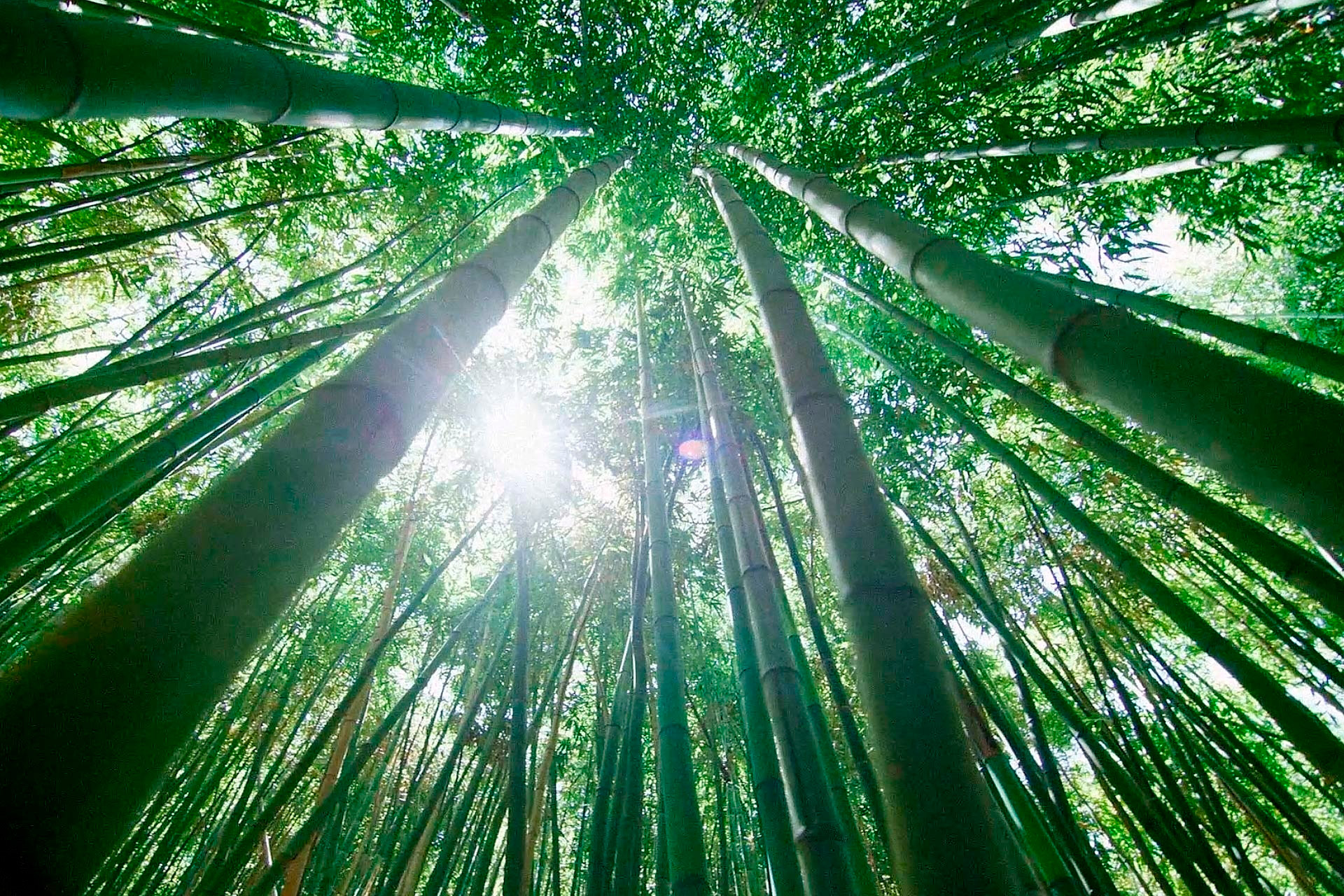Four tips to become a planet-conscious consumer


The climate emergency is one of mankind's biggest challenges. People, governments and businesses want to mitigate the harm they cause to the planet’s health. Here are some small, everyday gestures to help take care of it.
Climate change refers to variations in temperature and climate patterns over an extended period. It’s an age-old phenomenon, owing to natural causes like the sun’s radiation or volcanic activity — no natural cause has been as extreme and alarming. In fact, according to the European Commission, natural causes “have contributed less than plus or minus 0.1°C to total warming between 1890 and 2010”.
What is causing climate change?
Since the 19th century, human activity has been the main contributor to climate change. The European Commission mainly attributes climate change to global warming and greenhouse gas emissions owing to:
- burning fossil fuels: in particular, the indiscriminate use of finite resources like coal, gas and oil. Sources of renewable energy, like sunlight, water and wind are the ideal sustainable alternatives to such limited and highly polluting resources.
- cutting down forests: trees are vital to absorbing atmospheric CO2 and naturally regulating climate by limiting the rampant effect of greenhouse gases. Cutting down trees removes such a powerful control mechanism.
- increasing livestock farming: the thoughtless consumption of meat all over the world (especially beef, pork and chicken) excessively increases the demand for it. Beef producers cause some of the highest emissions (5 gigatonnes of CO2, according to the Global Livestock Environmental Assessment Model by the Food and Agriculture Organization of the United Nations, or “FAO”).

What is the greenhouse effect?
The greenhouse effect is crucial to life on this planet. Certain gases in the atmosphere absorb the sun’s radiation, trap heat and, thus, keep temperatures stable.
What are some of the effects of global warming?
Rising temperatures can fuel big natural disasters, like the melting ice caps and rising sea levels; longer draughts and high risk of forest fires; more intense catastrophes; and loss of biodiversity.
Climate change is also a threat to people’s health. Death and illness rates rise due to infestations in farmland, poor air quality and other things. Also, floods, storms, draughts and other extreme weather occurrences can lead to massive migration and joblessness in very vulnerable sectors such as agriculture, fishing and tourism.
What can I do to fight climate change?
You've probably asked yourself this after reading the causes and effects of climate change. The answer holds several possibilities, like:
Taking care of limited resources starts with consuming only those that are necessary. We should go shopping only when we need to and make a list of what we need to avoid temptation that will harm our financial health. You should also buy products made locally or that are in season because they require less time for transport and preservation.
We can also do things to consume responsibly without leaving home, like cutting off the water in the shower when we're not using it, switching off the lights in a room if we don't need it or can use natural light. Those are some tricks to care for the planet and our wallet.
We often use things only for the purpose for which they were manufactured. However, they could have other uses we don't realize. In fact, giving things a new life could be a great activity to do with others in your household, especially children. We can use glass food containers, like honey jars, to store school supplies. Or we can put cushions on a leftover pallet from remodelling our home for a makeshift garden sofa.
Every day, we make a lot of waste that could lead to more waste. Therefore, it’s our job to recycle them according to what they’re made of, so that they can be made into new things. This will also prevent the overuse of other resources like water: according to the UN, each tonne of recycled paper takes 50% less water and saves 17 trees.
In recent years, more sustainable economy platforms have come on the scene. They allow users to exchange, sell, rent or buy goods and services from other people or organizations. Some of the most popular platforms are for sharing transport, renting apartments to tourists, and reusing textbooks and other school supplies.
These simple, everyday tips will help you transition to a green economy. You can also support the environment by making sustainable investments in green bonds, which follow ESG standards.







